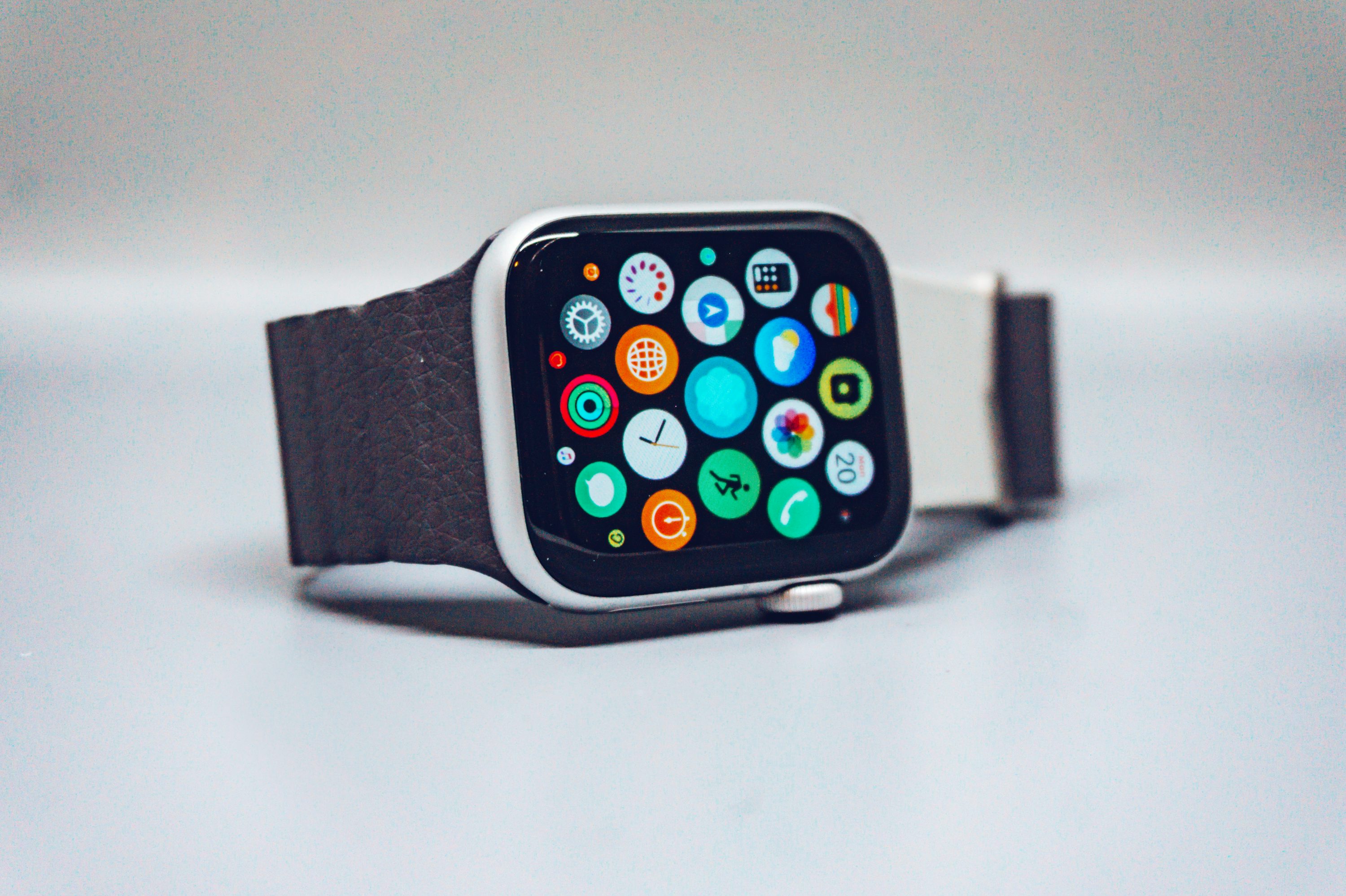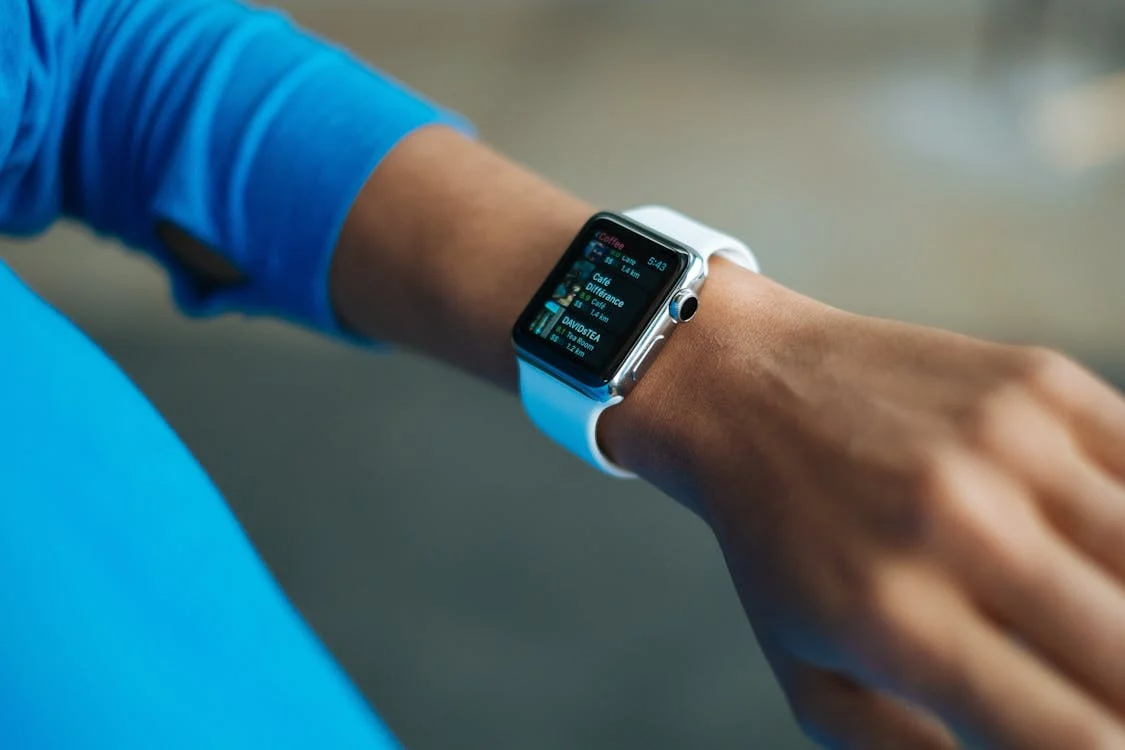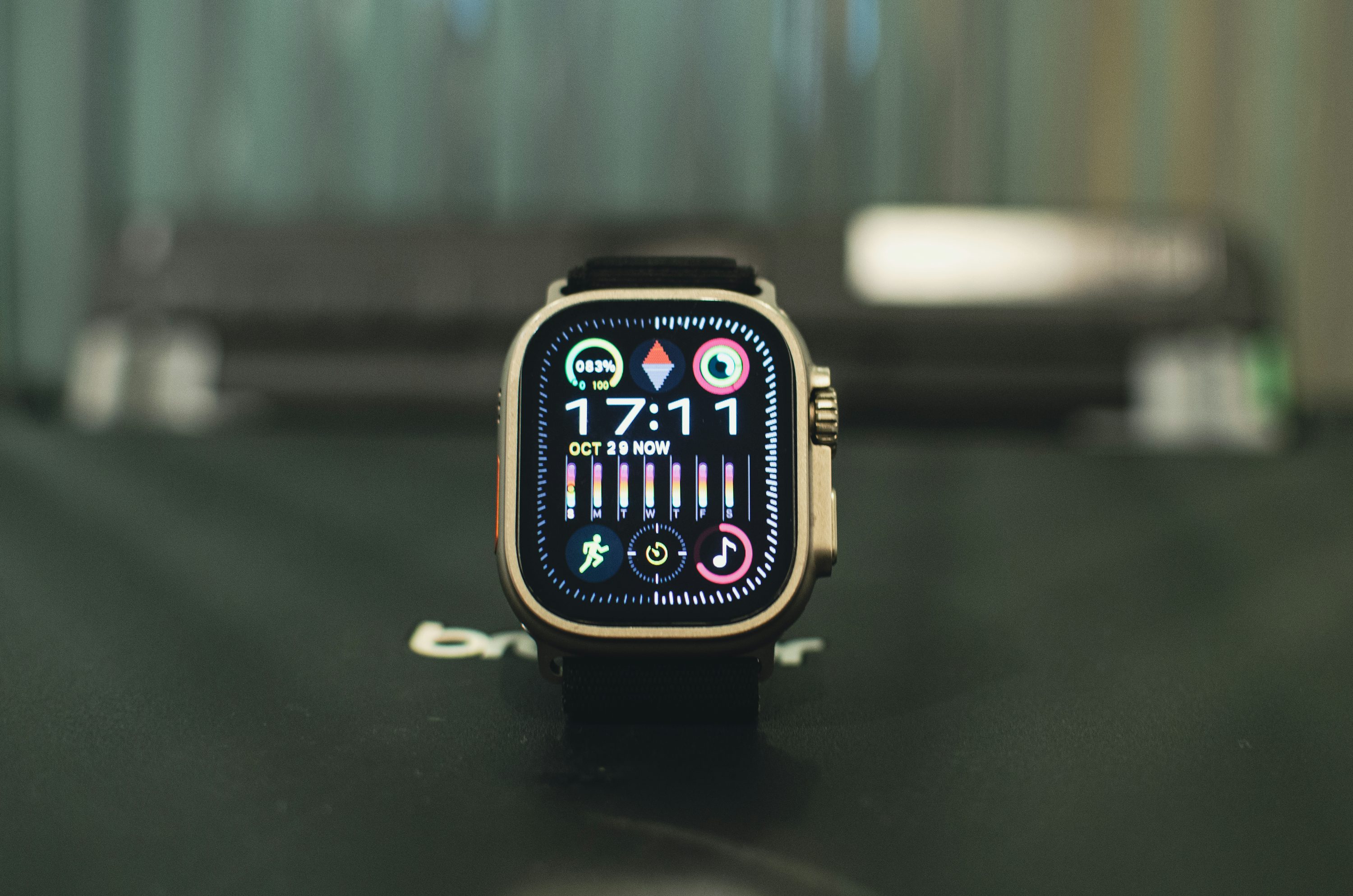Wrist Emotional Insight: The Secret of Smart Watch
At the intersection of technology and life, smart watches have already surpassed the simple functions of telling time and counting steps. It is quietly attached to our wrists, like a silent health housekeeper, monitoring our heart rate, sleep and exercise. However, a more fascinating field is quietly unfolding-emotional monitoring. How do smart watches spy on our inner world and capture those subtle emotional fluctuations without saying a word? This is not a plot in science fiction, but a cutting-edge technology based on biological signals and data analysis.

Emotion is a complex physiological and psychological reaction, which will trigger a series of small changes in our body. What smart watches are good at is capturing these imperceptible physiological signals. One of the core monitoring indicators is Heart Rate Variability, HRV). HRV refers to the change of the interval between consecutive heartbeats. When we experience nervousness or stress, the sympathetic nervous system is triggered, causing the heart rate to rise and the heart rate variability (HRV) to decline. On the contrary, when we are relaxed or calm, the parasympathetic nervous system is dominant, the heart rate will slow down and HRV will increase. Smart watches continuously monitor our heart rate and HRV through its built-in photoelectric plethysmography (PPG) sensor, thus providing key data for emotional analysis.
Besides HRV, skin conductance response (EDA) is also an important emotional index. When people feel excited, nervous or excited, the micro-perspiration of the skin will increase, leading to the enhancement of skin conductivity. Micro-sensors on smart watches can accurately capture this change in skin resistance. For example, when you receive an exciting phone call, your skin conductance may rise instantly. By combining various data such as heart rate, HRV and EDA, the algorithm can describe your emotional state more comprehensively.

Of course, the emotional monitoring of smart watches does not only depend on a single physiological signal. It will also comprehensively analyze information from other dimensions to build a more accurate model. For example, exercise data can be used as an auxiliary basis for judging your stress. If you do high-intensity exercise in a short time, the algorithm of the watch will judge that it may be due to fitness rather than stress. In addition, sleep quality is also an important indicator of emotional state. If your sleep quality continues to be poor, the watch may infer that your stress level is high and suggest that you do relaxation exercises.

This kind of emotion monitoring technology can not only help us better understand our hearts, but also has great application potential. It can provide valuable data support for the field of mental health, and help people identify the signals of excessive stress earlier and take intervention measures. At the same time, it also provides a new idea for personalized health management. Of course, this technology is still in the early stage of development, and its accuracy and reliability need to be improved. But it is undeniable that the smart device on the wrist is evolving from a simple sports partner to an insight into our inner world.
(Writer:Cily)





